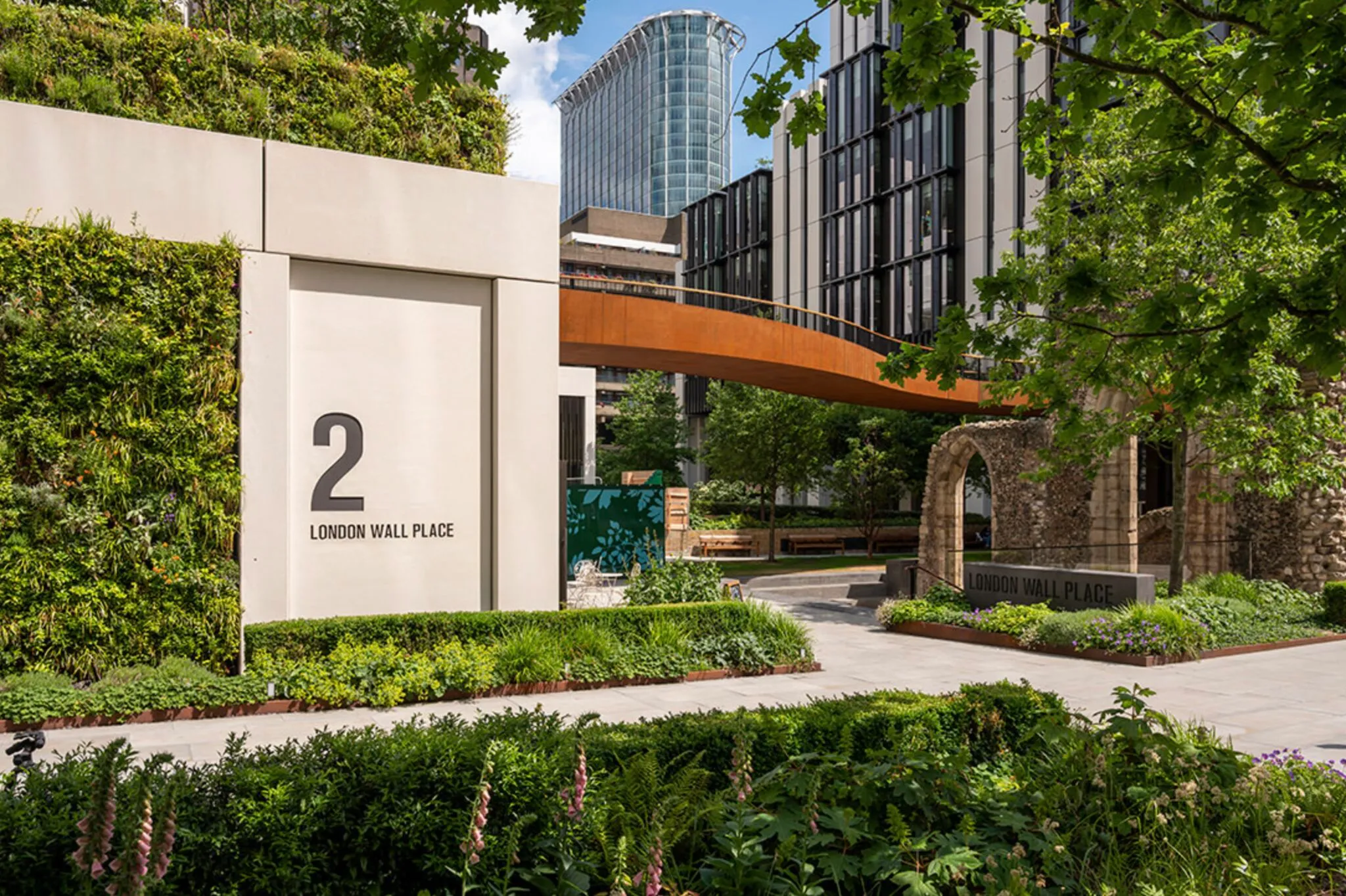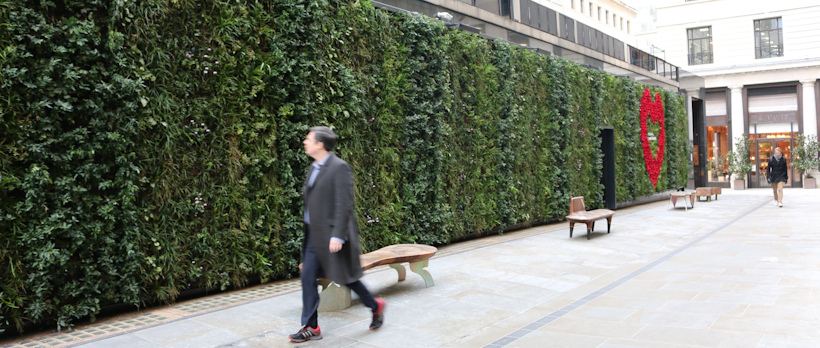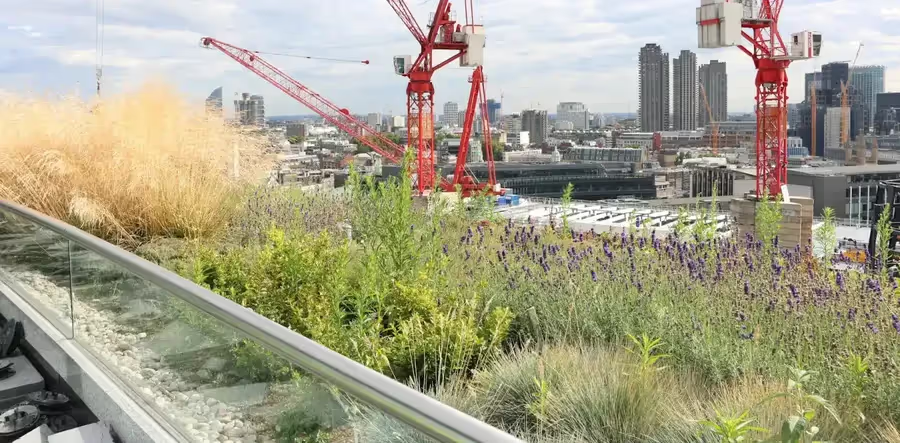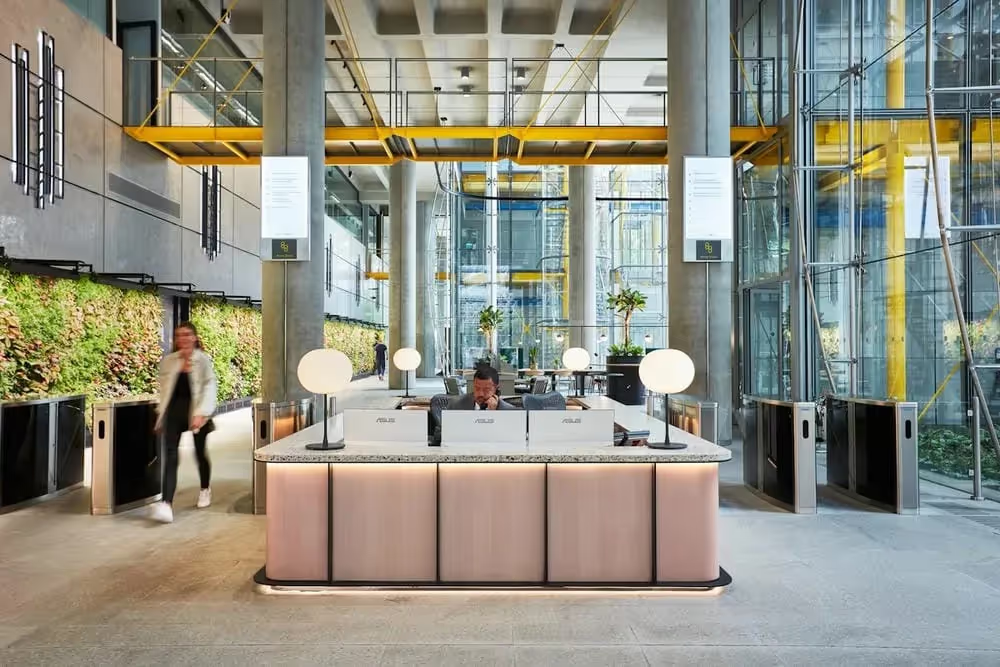From grey to green: Transforming concrete jungles with urban greening

From grey to green: Transforming concrete jungles with urban greening
Alice Flanagan
As our cities grow taller and busier, the need for nature in our daily lives has never been more urgent. Urban greening offers a powerful, practical way to reshape the places we live, work and play, turning grey into green.
These densely built-up areas, often referred to as concrete jungles, are now facing serious challenges: poor air quality, rising urban temperatures, increased flood risks and a loss of biodiversity.
Urban greening, the integration of natural elements into our cityscapes. It is a vital solution for making urban areas more resilient, liveable and environmentally balanced.
In this blog, we will explore why transforming concrete jungles through urban greening is a necessity. We will unpack the environmental and social costs of grey infrastructure, highlight successful greening initiatives and showcase innovative solutions that can help cities thrive.
FROM GREY TO GREEN: THE URGENT NEED FOR URBAN TRANSFORMATION
As urban populations continue to grow, so does the pressure on infrastructure, public health and the environment. Taking action is more important than ever, as it helps address rising temperatures, improve air quality, protect biodiversity, and support both mental and physical well-being.
Urban transformation is not just about how cities look; it is about how we live in them and how we can thrive together as they grow. Replacing hard surfaces with green infrastructure can cool cities, reduce flooding and absorb carbon emissions.
Beyond the environmental impact, green spaces are essential for fostering community connection, promoting well-being and making cities more resilient to climate shocks.
At Viritopia, we believe this transformation is achievable by combining nature-based solutions with smart urban design. Where space is limited in urban settings, plants and trees are not always a feasible option. That is where green roofs and living walls come in. They provide a solution to urban greening by adding greenery to existing, unused spaces.

WHAT IS A CONCRETE JUNGLE AND WHY URBAN GREENING MATTERS
A concrete jungle refers to a densely built urban area, dominated by concrete structures and paved surfaces, lacking natural greenery.
The main characteristics of a concrete jungle include:
- Limited green spaces: Natural elements like trees, parks and gardens are limited or entirely absent. This contributes to a less appealing and less healthy environment.
- Urban Heat Island effect: This is caused by a lack of vegetation, leading to cities experiencing higher temperatures than their surrounding rural areas.
- The dominance of concrete and asphalt: Buildings, roads and other infrastructure are primarily constructed from concrete and asphalt. These materials absorb and store heat, adding to the heat island effect, as well as increasing the amount of dust particles in the air.
Urban greening is the practice of incorporating more green spaces and vegetation into urban environments. Its main aim is to improve the relationship between urban landscapes and their inhabitants by creating more natural, healthy and enjoyable spaces within cities.
Urban greening matters because it can:
- Improve air quality: Plants naturally filter pollutants from the air, which helps improve overall air quality in urban areas.
- Regulate temperature: Green spaces such as living walls and green roofs, trees and plants can help cool the air through evapotranspiration, as well as reflecting a significant amount of solar radiation. This helps reduce the Urban Heat Island effect.
- Enhance biodiversity: Green spaces create habitats for various species of plants and animals.
- Benefit mental and physical health: Studies have shown that exposure to nature can reduce stress, improve mood and promote physical activity.
- Benefit economically: Green spaces can increase property values, attract businesses and enhance the overall attractiveness of a city.
- Add resilience to climate change: Urban greening strategies can help cities adapt to the impacts of climate change, such as extreme heat and flooding.
INNOVATIVE URBAN GREENING SOLUTIONS FOR RESILIENT, MODERN CITIES
As urban populations grow and space becomes more limited, cities must look beyond traditional urban greening solutions to stay resilient, liveable and healthy. This is where green infrastructure provides an additional solution to traditional parks and squares.
Urban greening initiatives have been transforming cities across the world, improving air quality, reducing urban heat island effects, enhancing biodiversity and improving residents’ well-being.
Utrecht, Netherlands, has led by example by installing green roofs on 300 of their bus shelters, inspiring many other cities to do the same. This creative use of otherwise unused space not only supports biodiversity and stormwater management but also serves as an inspiring model that many other cities have begun to follow.
Natural England’s green infrastructure framework
Natural England have been at the forefront of promoting nature-based solutions.
- A national framework designed to help planners, developers and communities embed green infrastructure into new and existing developments.
- Provides practical tools, benchmarks and guidance to ensure green spaces are prioritised and effectively managed.
- Encourages long-term thinking by aligning green infrastructure with health, biodiversity and climate resilience goals.
Green infrastructure mapping project
Another breakthrough initiative is the Green Infrastructure Mapping Project which identifies and visualises England’s green and blue spaces.
- It has created an interactive tool that maps green and blue spaces, such as rivers, woodlands and parks, across England.
- This helps identify areas that lack access to quality green space, guiding investment and policy decisions.
- It supports evidence-based planning for more equitable and connected green networks.
These initiatives are helping to focus national and local attention on the role of nature in urban living. They empower communities, developers and governments to collaborate on greener, more liveable cities.

URBAN GREENING IN ACTION: HOW LONDON IS TRANSFORMING WITH GREEN INFRASTRUCTURE
London has undergone a quiet but powerful transformation that is being shaped by greenery. From the emergence of pocket parks and rooftop gardens to the rewilding of urban spaces like the Thames riverbanks and Queen Elizabeth Olympic Park, the city is redefining what it means to be green.
Initiatives such as the London National Park City campaign and the Greener City Fund have fueled this evolution, helping to plant thousands of trees, increase biodiversity and make green spaces more accessible. Green roofs now top transport depots, schools and high-rise developments.
This shift is not just aesthetic. Urban greening is playing a vital role in addressing climate resilience, improving air quality, reducing urban heat and boosting mental wellbeing.

Unlocking the potential of green infrastructure in urban planning
Green infrastructure is not just an aesthetic addition to cities, it is a strategic investment in their future. By integrating nature into urban development, planners can address some of the most pressing challenges: climate resilience, public health and biodiversity loss.
Nature-based solutions like green roofs, living walls and urban forests can mitigate urban heat, improve stormwater management, enhance air quality and create vital habitats for wildlife.
Green roofs and living walls from Viritopia
Green roofs and living walls from Viritopia are more than just visually striking additions, they represent a commitment to sustainability, innovation and a healthier urban environment.
With expert design and environmentally conscious solutions, Viritopia transforms ordinary spaces into vibrant, living ecosystems that benefit both people and the planet.
At Viritopia, we are passionate about helping cities, and the people in them, flourish. Explore how our green roofs and living walls can bring new life to your city.
Explore more insights
Discover the latest in green infrastructure

Vanguard Logistics Park (Longmore) Featured in RIBA Commercial Directory 2025

Green Roof Advantages & Disadvantages

Design with meaning: How office living walls reflect your brand

